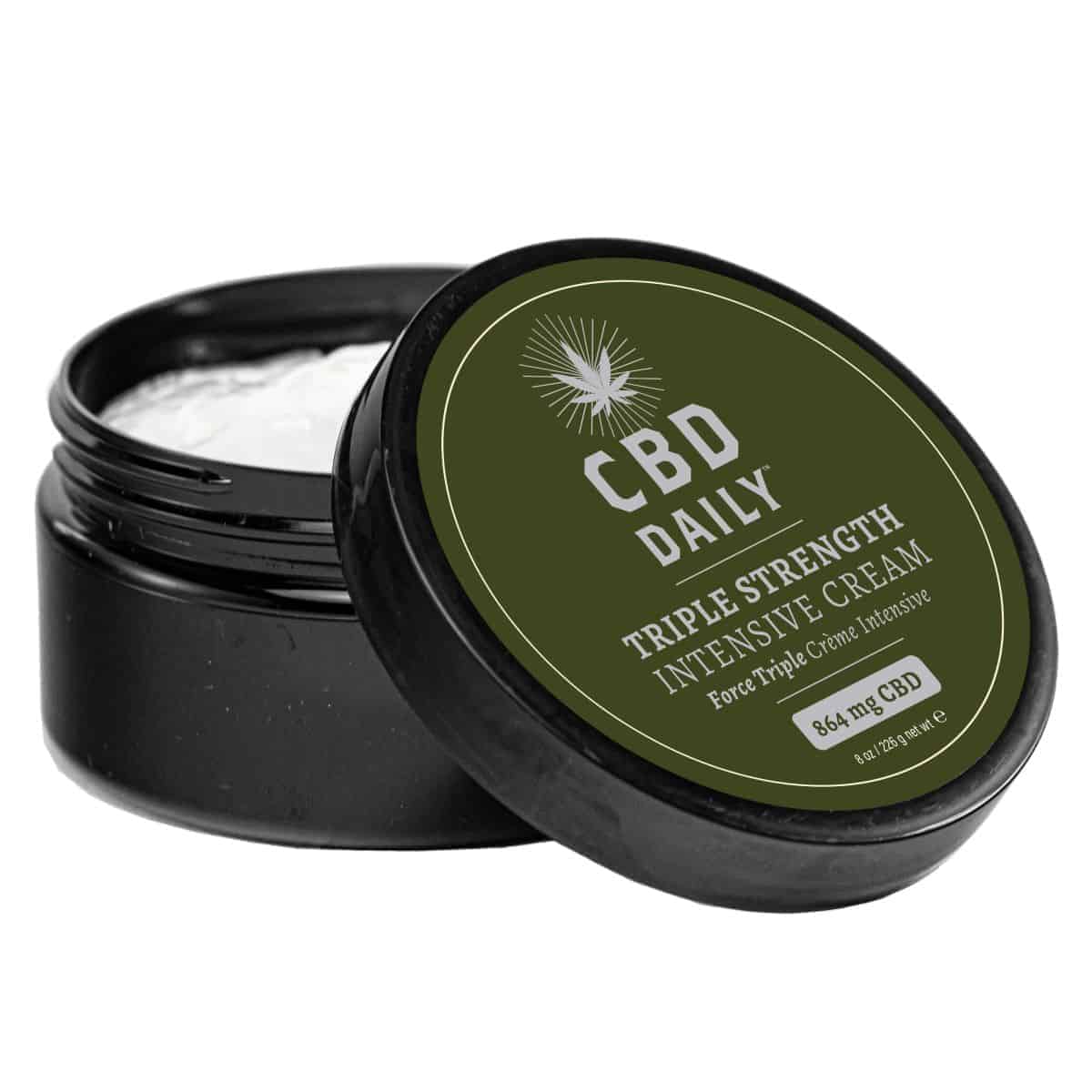Serenity CBD Cream for Pain: Find Relief and Restore Comfort Naturally
Serenity CBD Cream for Pain: Find Relief and Restore Comfort Naturally
Blog Article
Explore the Scientific Research Behind CBD Pain Lotion and Its Healing Effects
As the need for all-natural discomfort relief choices continues to rise, the scientific community has turned its focus to the healing results of CBD discomfort lotion. From its anti-inflammatory buildings to the facility neurological impacts that regulate discomfort understanding, CBD's prospective as a discomfort management remedy is a topic of recurring research study and clinical passion.
Endocannabinoid System and CBD Discomfort Relief
What function does the endocannabinoid system play in CBD discomfort relief? The endocannabinoid system (ECS) is a complex network of receptors, enzymes, and endocannabinoids that play a vital role in controling numerous physical processes, including pain sensation. It engages with the ECS to modulate pain perception and swelling when CBD is used topically or consumed. CBD exerts its results by targeting cannabinoid receptors, particularly CB1 and CB2 receptors, which are abundant in the central nerve system and immune cells, specifically. By binding to these receptors, CBD can prevent the transmission of pain signals and minimize swelling, resulting in pain alleviation.

Mechanisms of CBD for Discomfort Administration
Exploring the detailed devices via which CBD runs in discomfort administration exposes its possible as a beneficial restorative device in reducing different forms of discomfort. When CBD is carried out, it modulates these receptors, influencing natural chemical release and wetting pain signals.

Anti-Inflammatory Characteristics of CBD
In elucidating the effectiveness of CBD hurting management, a noteworthy element hinges on its potent anti-inflammatory residential or commercial properties. CBD, or cannabidiol, has amassed interest for its ability to regulate inflammatory actions within the body. Swelling is a complex biological reaction that plays an essential function in the body's immune system, but when it becomes chronic, it can add to different health and wellness concerns, consisting of discomfort. CBD communicates with the endocannabinoid system, specifically targeting CB2 receptors found in the immune cells. By turning on these receptors, CBD can aid minimize and regulate immune responses swelling.
Researches have revealed that CBD can have a peek at this site inhibit inflammatory moderators and cytokines, thus wetting the inflammatory cascade. This anti-inflammatory effect is specifically encouraging for problems defined by chronic swelling, such as joint inflammation, inflammatory bowel condition, and neuropathic pain. By reducing inflammation, CBD not only deals with the symptoms yet likewise targets the underlying reason for discomfort, making it a valuable restorative representative for handling a large variety of inflammatory problems.
Neurological Results of CBD on Discomfort
CBD exerts profound neurological impacts on discomfort understanding through its interaction with certain receptors in the central nerve system. The endocannabinoid system, which consists of cannabinoid receptors (CB1 and CB2) and endocannabinoids produced by the body, plays a vital duty in modulating pain signals. CBD engages with these receptors, mostly CB1 located in the mind and CB2 situated in the immune cells, to apply its analgesic impacts. By affecting the task of these receptors, CBD can help control discomfort level of sensitivity and inflammation, offering possible therapeutic benefits for people suffering from different types of discomfort problems.
Researches have shown that CBD's action on the endocannabinoid system can lead to the inhibition of discomfort signaling pathways, decreasing the perception of pain. In addition, CBD has been found to have neuroprotective residential or commercial properties, which can help relieve neuropathic pain by securing neurons from damage. The capability of CBD to modulate discomfort at a neurological level makes it an encouraging alternative for taking care of persistent pain conditions where typical therapies might fall brief.
Clinical Researches Supporting CBD Pain Relief

Conclusion
To conclude, the science behind CBD pain lotion discloses its possible restorative results through the modulation of the endocannabinoid system. CBD's devices for pain monitoring include its anti-inflammatory homes and neurological effects on pain perception. Scientific researches sustain the use of CBD for discomfort alleviation. More study is needed to totally recognize the extent of CBD's advantages in managing various types of discomfort.
As the demand for natural discomfort relief options proceeds to increase, the clinical neighborhood has actually transformed its focus to the healing results of CBD discomfort cream. From its anti-inflammatory residential properties to the complicated neurological impacts that regulate discomfort perception, CBD's possible as a discomfort management remedy is a topic of recurring study and scientific rate of interest.Structure upon the understanding of CBD's neurological impacts on pain understanding, scientific researches have offered valuable insights into the efficacy of CBD in providing pain relief. A research published in the European Journal of Pain showed that using CBD topically reduced pain and inflammation in rats with joint inflammation without any type of apparent side effects. CBD's devices for pain administration include its anti-inflammatory residential or commercial properties and neurological results on discomfort understanding.
Report this page